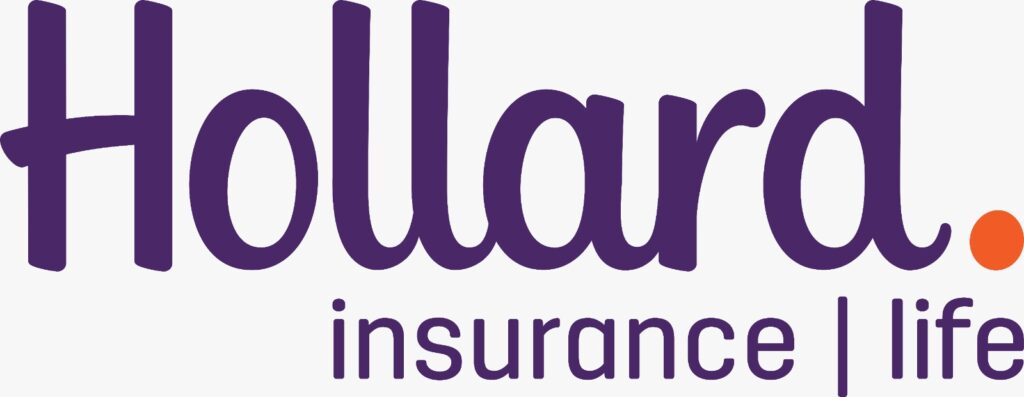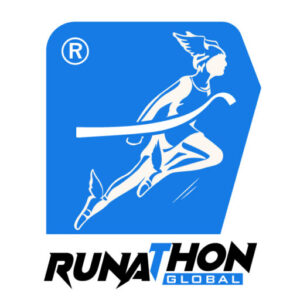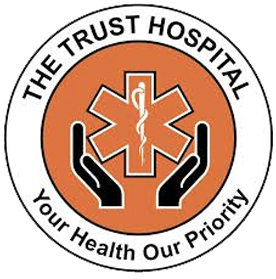
What is Overtraining?
The fitness world loves acronyms, and overtraining syndrome (OTS) is a common term one of the expressions one is likely to find. It describes a condition that occurs when an athlete or fitness enthusiast trains too hard and doesn’t allow their body adequate recovery time.
Overtraining syndrome (OTS) lurks in the shadows of the fitness world, a silent threat capable of derailing your progress and enthusiasm. It’s not just about pushing yourself too hard in a single workout; it’s the insidious consequence of chronic training stress without adequate recovery. This article delves deeper into OTS, exploring its causes, symptoms, and effective strategies to combat it.
Who is Most at Risk?
Anyone who trains hard is at risk of overtraining, but athletes and fitness enthusiasts who are new to intense training are especially susceptible. This is because they may not be aware of the importance of recovery, or they may simply be too enthusiastic and push themselves too hard.
Understanding the Roots of Overtraining
Several factors contribute to OTS. The most common culprit is excessive training volume. Pushing your body beyond its capacity to recover, day in and day out, leads to a buildup of fatigue and a compromised immune system. Another factor is training intensity. Constantly hammering your body with high-intensity workouts leaves little room for repair. Neglecting rest and recovery further exacerbates the problem. Sleep deprivation, inadequate nutrition, and failure to incorporate rest days into your program are all recipes for OTS.
What Are Some of the Signs and Symptoms?
Overtraining can be a common pitfall in a marathon training program. Overtraining can lead to several negative consequences, including decreased performance, increased risk of injury, and even burnout.
Overtraining manifests in a variety of ways, often mimicking other conditions. The physical and mental signs to watch out for:
Physical Symptoms:
- Chronic Fatigue: You feel constantly drained, even after a good night’s sleep. Simple tasks require more effort.
- Decreased Performance: Your workouts feel sluggish, and you struggle to maintain your previous pace or intensity.
- Increased Susceptibility to Illness: You seem to catch every cold or bug that goes around.
- Persistent Muscle Soreness: Muscle soreness lingers beyond the typical post-workout window.
- Overuse Injuries: You experience recurring pain in specific joints or muscles.
Mental and Emotional Symptoms:
- Decreased Motivation: You lose the spark that used to drive you to exercise.
- Mood Swings and Irritability: You feel on edge and easily frustrated.
- Difficulty Sleeping: Falling asleep or staying asleep becomes a challenge.
- Loss of Appetite or Weight Changes: You may experience unexplained weight loss or find it difficult to maintain your appetite.
The signs and symptoms of overtraining can be subtle at first, but they can become more pronounced over time. Some of the most common signs and symptoms include:
- Chronic fatigue
- Decreased motivation
- Increased susceptibility to illness
- Unexplained muscle soreness
- Decreased performance
- Difficulty sleeping
- Loss of appetite
- Mood changes

How to Avoid Overtraining
The best way to avoid overtraining is to listen to your body. If you’re feeling constantly fatigued, sore, or unmotivated, it’s a sign that you need to back off on your training.
Here are a few other tips for avoiding overtraining:
- Incorporate rest days into your training program. Your body needs time to repair itself after a hard workout.
- Make sure you’re eating a healthy diet that provides enough calories and nutrients. Your body needs fuel to recover from training.
- Get enough sleep. Sleep is essential for recovery.
- Vary your workouts. Don’t do the same workout every day. This will help to prevent overuse injuries and keep your workouts interesting.
- Listen to your body. If you’re feeling pain, stop the workout.
- Don’t be afraid to take a break. If you’re feeling burned out, take a few days or even a week off from training.
The good news is that OTS is reversible. Here are key strategies to get you back on track:
- Prioritize Rest and Recovery: Schedule rest days, incorporate active recovery sessions like yoga or light cardio, and prioritize quality sleep. Aim for 7-8 hours per night.
- Listen to Your Body: Pain is a signal, not a badge of honor. Reduce training intensity or volume if you experience persistent pain.
- Fuel Your Recovery: Eat a healthy diet that provides adequate calories and nutrients for repair. Don’t skimp on protein and carbohydrates.
- Variety is Key: Break out of the rut! Incorporate different training modalities like swimming, cycling, or strength training to keep your body challenged and prevent plateaus.
- Seek Professional Guidance: If you suspect OTS, consult a doctor or certified athletic trainer. They can help you create a personalized recovery plan and prevent future episodes.
Conclusion
Overtraining is a serious condition that can derail your fitness goals. By following the tips in this article, you can learn to listen to your body and avoid overtraining.
Overtraining is a preventable condition. By incorporating smart training practices, prioritizing recovery, and being attuned to your body’s signals, you can continue to make progress toward your fitness goals while staying healthy and motivated. Don’t let OTS become the fitness abyss that swallows your hard work.
The information in this article is not intended to be a substitute for professional medical advice. If you think you may be overtraining, please consult with a doctor or certified athletic trainer.























